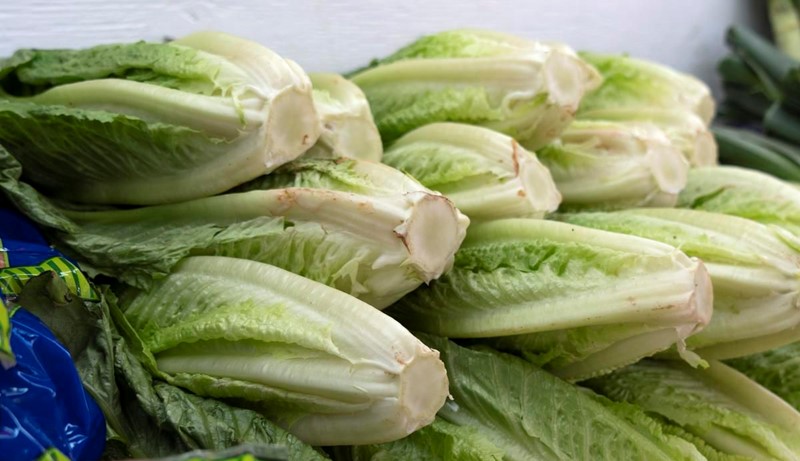
Canadian consumers are once again facing inflated lettuce prices because of extreme weather events in California — but solution can be found in Canadian agricultural innovation and indoor, climate-controlled farming.
This spring, flooding in key growing regions in California are threatening lettuce crops that are typically destined for Canada. Last year, it was a severe drought. In both cases, the result for shoppers is higher prices at the grocery store. But Canada has a growing vertical farming sector — in which local produce can be grown year-round — that can replace the imports on which Canada has historically relied.
“Agricultural technology and innovation can make Canada fully self- sufficient in a range of leafy greens — despite the fact our open-field farms are largely dormant through autumn and winter,” says Barry Murchie, Chief Executive Officer of GoodLeaf Farms. “We have the technology and are expanding the capacity to grow the food Canadians need right here in Canada, no matter the season and no matter the weather. Continued investment and support for agricultural innovation and technology can help Canada avoid future food shortages like the one it is currently experiencing with lettuce and leafy greens.”
GoodLeaf Farms is first and largest commercial indoor vertical farm operation, annually harvesting up to 40 crops of microgreens and 20 crops of baby greens every year, including pea shoots, micro radish, micro broccoli, spinach, arugula and spring mix at its 50,000-square-foot flagship farm in Guelph, Ont. By the end of this year, it will also have operating farms in Calgary and Montreal — each a 100,000-square-foot vertical farm that will produce 1.9 million pounds of microgreens and baby greens for grocery stores and
Climate-controlled indoor vertical farms are game changers. They are immune to extreme weather events — like floods, extreme heat or a typical Canadian winter — and are designed to maximize crop yields in a fraction of the space required for open-field farming, with only five per cent of the water needs.
The controlled environment means there is no need for pesticides, herbicides or fungicides, and the advanced system of hydroponics and LED lighting replicates ideal growing conditions for plants, maximizing yields and improving quality. The process is fully automated, from planting the seed through harvest and packaging. All irrigation goes directly to the roots of the plants — nothing ever touches the plant canopy that is harvested. The first hands to touch the greens consumers buy will be their own.
Not having to rely on the southwestern United States for leafy greens also removes thousands of food miles from the road, which gives Canadian-grown leafy greens a much smaller carbon footprint.
“The crops from an indoor vertical farm replace those we typically import,” says Mr. Murchie. “We can grow produce that doesn’t typically do well on Canadian farms. Vertically farmed Canadian-grown leafy greens are a better option to imports, they are packed with nutrients, are great for salads, are excellent as a topping on a sandwich and can add a punch of nutrients blended into a smoothie — and they are better for the environment and, quite frankly, our economy.”
GoodLeaf’s expansive and growing portfolio of baby greens and micro greens — including premium fresh options of GoodLeaf’s unique Spring Mix, Micro Asian Blend and Micro Spicy Mustard Medley are currently available in most leading retailers in Ontario, including Loblaws, Sobeys, Metro, Longo’s, Whole Foods and many independent retailers and food service operators.
Follow GoodLeaf Farms on Instagram @goodleaffarms and Like it on Facebook at /GoodLeafFarms.


